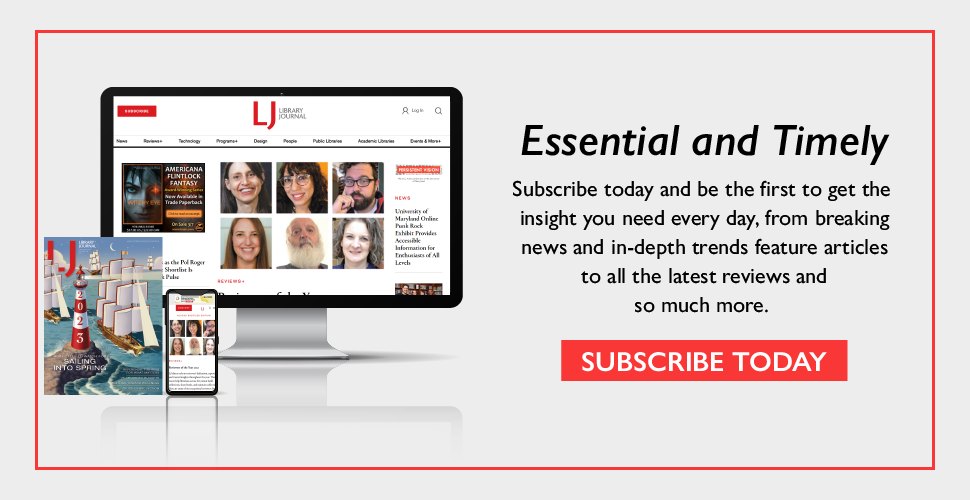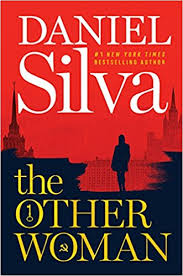This Comprehensive Database Has Had a Huge Impact on Eighteenth Century Research—and It’s About to Get Even Better
For more than 20 years, Gale’s Eighteenth Century Collections Online (ECCO)—the largest collection ever assembled of English-language books, pamphlets, and periodicals published in the 18th century—has served as an invaluable resource for students and scholars worldwide. Now, this resource is being further enhanced with 1.7 million new pages of content.


For more than 20 years, Gale’s Eighteenth Century Collections Online ECCO)—the largest collection ever assembled of English-language books, pamphlets, periodicals, and other ephemera published in the 18 th century—has served as an invaluable resource for students and scholars worldwide, providing a text-searchable database of works accessible from any Internet-connected device.
Now, this resource is being further enhanced with 1.7 million new pages of content, including a more diverse array of materials than what was previously included.
“This means researchers will be able to build an even more balanced and holistic picture of printing and society during that period than they could before,” said Maddy Smith, Lead Curator for Printed Heritage Collections (1601-1900) at the British Library.
The British Library has been a key contributor to ECCO from the beginning. The library contains one of the most comprehensive collections of 18 th century printed materials in the world, and its collections make up a large portion of ECCO.
 The previous iterations of ECCO were assembled using microfilm, and so the scans weren’t quite as good. But all of the new content to be included in the new collection has been digitized afresh for the launch of Eighteenth Century Collections Online, Part III (ECCO III), which will be available to libraries next year—meaning that researchers will have access to high-quality, full-color images in a way that wasn’t possible before.
The previous iterations of ECCO were assembled using microfilm, and so the scans weren’t quite as good. But all of the new content to be included in the new collection has been digitized afresh for the launch of Eighteenth Century Collections Online, Part III (ECCO III), which will be available to libraries next year—meaning that researchers will have access to high-quality, full-color images in a way that wasn’t possible before.
“Having higher quality digital images means that optical character recognition technology will be much more effective,” Smith said. “This means the results from text-based searches will be much more accurate, and searching in general will be much easier on that material than it ever was.”
In addition, ECCO III will contain new material, such as single-sheet broadsides covering various subjects, as well as works covering a more diverse array of perspectives and experiences. For instance, it will include about 80 percent of the English-language titles printed in the West Indies in the 18 th century. And the entirety of each item has been scanned and digitized, including the covers, spines, and back matter to meet the needs of researchers investigating a book’s ownership history.
“This reflects the growing importance of being able to do full provenance research,” Smith said.
ECCO’s Impact
The enhancements in ECCO III will make this comprehensive collection even more valuable to researchers worldwide.
“The 18 th century is a really interesting period in terms of English history but also printing and bookmaking,” Smith noted. “It saw a lot of change in Britain in all sorts of ways, from the expansion of the British Empire to the beginnings of industrialization. Throughout this period, the book trade really flourished. By the end of the 18 th century, people were printing and reading a much richer array of materials than ever before.”
For instance, daily newspapers first appeared in the eighteenth century. Children’s books began to flourish during this time. ECCO focuses on this key period of change in printing and book history and makes this history available to researchers in a single place.
ECCO supports research not only on the history of English-language publishing but across a wide range of disciplines. A study of the collection’s impact on scholarship found that it was used to support research on a variety of topics, including history, economics, linguistics, social sciences, politics, literature, science, and medicine.
 For example, ECCO documents have been used to trace early contributions to cataract surgery, the impact of military service on marital relations, and the first known uses of the term “y’all” in British literature, among other uses.
For example, ECCO documents have been used to trace early contributions to cataract surgery, the impact of military service on marital relations, and the first known uses of the term “y’all” in British literature, among other uses.
A ‘Foundational’ Resource
One of the many large-scale research projects supported by ECCO is the Women’s Print History Project (WPHP), which originated at Simon Fraser University in British Columbia, Canada, in 2014.
WPHP is a comprehensive bibliographical database of women’s contributions to publishing in the 18 th and early 19 th century. The database contains detailed information about books that women were involved in producing, not just as authors, but also as printers, publishers, booksellers, editors, compilers, translators, engravers, illustrators, and composers.
“Our database is filling gaps and correcting narratives that exist about women in publishing,” said Project Manager Kate Moffatt, a Ph.D. student at Simon Fraser University. While most people are aware of authors such as Jane Austen, it’s a lesser known fact that women played a key role in many other aspects of publishing during that era, she explained.
ECCO was a “foundational” source in compiling the WPHP database, says Project Director Michelle Levy, a Professor of English at Simon Fraser and Co-Director of the Digital Humanities Innovation Lab. While other databases focus on digitizing only first editions and major works of literature, ECCO includes second and subsequent editions, as well as works from lesser-known publishers and those printed outside of London. It also contains digital scans of a book’s colophon, or the statement at the end of the book that includes information about its printing.
Without this essential information, many of the entries in the WPHP wouldn’t exist—and scholars would lack a complete picture of the extent of women’s writing, including their reprints, as well as the impact that women-owned businesses had in the publishing industry.
“Projects like the Women’s Print History Projectwouldn’t be possible without Eighteenth Century Collections Online,” Moffatt concluded.
SPONSORED BY
Add Comment :-
RELATED
ALREADY A SUBSCRIBER? LOG IN
We are currently offering this content for free. Sign up now to activate your personal profile, where you can save articles for future viewing









